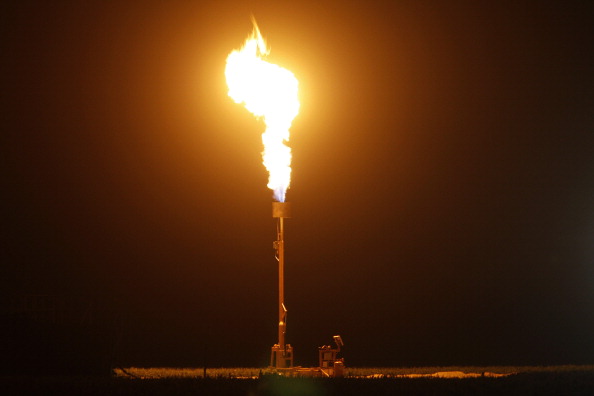
In theory, we all know that major technical revolutions change and fundamentally disrupt the face of the world we live in.
In practice, analysts of all stripes are too often glacially slow to realise this process when it is at work, let alone what it means.
These events (such as the advent of the mass-produced automobile and the personal computer) transcend their technical importance, having profound social, economic and even geopolitical ramifications – consequences that are far too often seen decades after they have actually come to pass.
The shale revolution is the latest case in point.
One of my proudest analytical moments came during my glorious first stint with City A.M., when we, from very early on, not only saw that the shale revolution was real, but that it was bound to overturn both the global energy market, and, equally importantly, the world of geopolitics.
There is nothing that has come to pass in the years since this claim was boldly stated in this newspaper that leads me to change our initial (then unheard-of) assessment.
Hydraulic fracturing, commonly called “fracking” – the process of injecting liquids at high pressure into subterranean rocks, widening existing fissures, and far more plentifully extracting oil and natural gas – has been such a technical game-changer.
It has transformed the US, by far its leading exponent, from a long-term energy mendicant into the largest producer of oil in the world, in the blink of an historical eye.
By contrast, hapless Europe has been loath to follow the American example, as environmental fears have overcome its desperate need for new energy sources. It remains the energy beggar that the US was just years ago.
US energy production has increased an eye-opening 140 per cent since the shale revolution took flight in 2008. In 2018, US crude oil production rose by a stratospheric 30 per cent, with natural gas production also up fully 12 per cent. American oil production reached an all-time high of 10.9m barrels per day last year.
These startling numbers simply dont lie; the shale revolution is alive and well and here to stay.
Saudi Arabia, alarmed by the ramifications of the shale revolution, has tried to contain Americas disruptive presence on the global energy market scene.
First, the Saudis attempted a variation on what I call the “Rockefeller strategy”, following in the footsteps of Americas nineteenth-century energy titan in driving prices down by over-producing (at a loss) to try to force new competitors into bankruptcy and out of the market.
But the Saudi gambit backfired spectacularly, amounting to a serious self-inflicted wound in a country that needs oil prices to be around $80 a barrel to balance its bloated budget.
Shale production has proved to be far more price sensitive than old, fixed-rig dominated Saudi and Russian energy production. It can be turned on and off at a fraction of the fixed-rig price like a water faucet, depending on the global energy price. Fracking rigs shut down when the Saudis over-produced, only to restart as the price inevitably edged upwards.
Going in the opposite direction has not worked very well, either. Present Opec and Russian production cuts, while leading to a global energy price increase, have bequeathed to the Americans greater market share.
In ramping up production, the US has kept a ceiling on Read More





